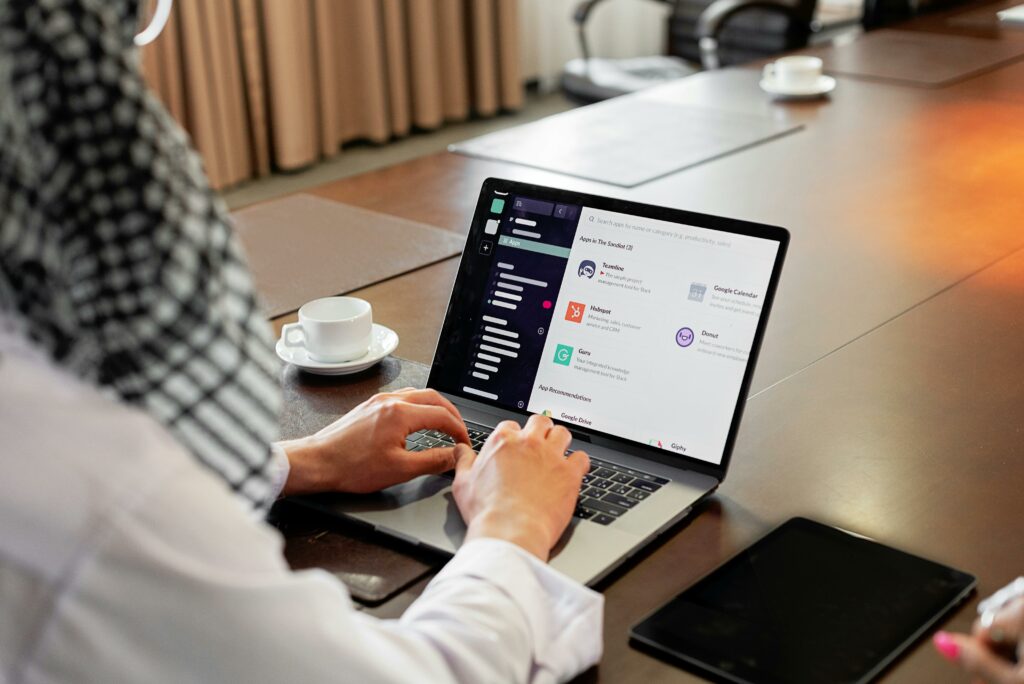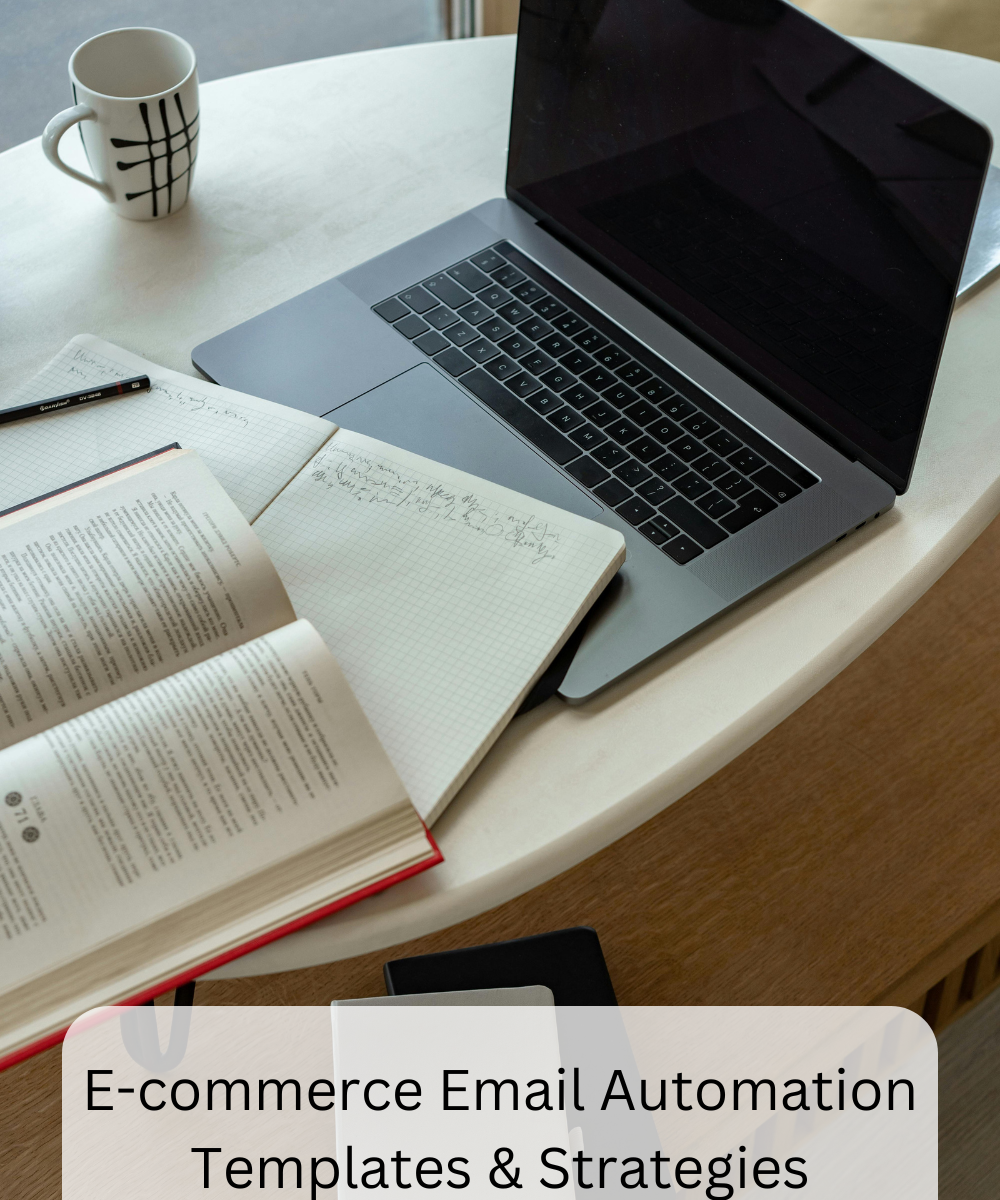Key Takeaways
- Email automation can increase e-commerce sales by 10-30% through targeted campaigns.
- Choosing the right platform like Klaviyo or MailChimp is crucial for seamless automation.
- Welcome series emails can boost engagement rates by up to 86%.
- Abandoned cart emails can recover 15-30% of lost sales.
- Personalized emails can enhance customer retention by 20%.
E-commerce Email Automation Templates & Strategies
Email automation is a game-changer in the e-commerce world. It allows businesses to communicate with customers efficiently, saving time and resources while increasing sales. By setting up automated emails, you can nurture leads, recover abandoned carts, and engage customers without lifting a finger. Let’s dive into how you can leverage email automation to boost your e-commerce business.
“Email automation is like having a personal assistant that works 24/7, sending the right message to the right person at the right time.”
Why Email Automation Matters in E-commerce
In the fast-paced world of e-commerce, keeping up with customer interactions manually can be overwhelming. Email automation helps streamline this process by sending pre-defined emails based on customer behavior. This not only saves time but also ensures that customers receive timely and relevant communication.
Imagine a customer who visits your online store, adds items to their cart, but leaves without purchasing. With email automation, you can automatically send a reminder email encouraging them to complete their purchase. This simple step can significantly increase your conversion rates.
How to Choose the Right Email Automation Platform
Choosing the right email automation platform is crucial for the success of your campaigns. There are several options available, each with its own set of features. Here’s what you should consider when selecting a platform, including reviewing detailed guides like this Moosend review to understand pricing and benefits.
- **Ease of Use**: The platform should be user-friendly, allowing you to set up and manage campaigns without technical expertise.
- **Integration**: It should seamlessly integrate with your e-commerce platform and other tools you use.
- **Features**: Look for features like segmentation, personalization, and A/B testing to optimize your campaigns.
- **Pricing**: Consider your budget and choose a platform that offers the best value for your money.
Popular choices include Klaviyo, MailChimp, and Omnisend. Each of these platforms offers robust features that can help you automate your email marketing effectively.

Benefits of Using Email Templates
Email templates are pre-designed emails that you can customize to suit your brand and message. They save time and ensure consistency across your campaigns. Here are some benefits of using email templates:
- **Time-Saving**: No need to design emails from scratch. Simply choose a template, customize it, and you’re ready to go.
- **Consistency**: Maintain a consistent look and feel across all your emails, reinforcing your brand identity.
- **Professional Design**: Templates are designed by experts, ensuring your emails look professional and appealing.
By using email templates, you can focus more on crafting compelling content rather than worrying about the design.
Popular E-commerce Email Templates for Success
To make the most of email automation, it’s essential to use the right templates. Here are some popular e-commerce email templates that can drive success:
Welcome Series to Engage New Customers
First impressions matter. A welcome series is a set of emails sent to new subscribers to introduce them to your brand. These emails can include a thank you message, a brief introduction to your products, and a special offer to encourage their first purchase.
“Welcome emails generate 4x the open rates and 5x the click rates compared to other email types.”
By engaging customers right from the start, you can build a strong relationship and increase the likelihood of future purchases.
Abandoned Cart Recovery Templates
Abandoned carts are a common challenge in e-commerce. Customers often leave items in their cart without completing the purchase. Abandoned cart recovery emails can help bring them back to your store.
These emails typically include a reminder of the items left in the cart, along with an incentive like a discount or free shipping to encourage them to complete the purchase.
By sending timely and persuasive abandoned cart emails, you can recover a significant portion of lost sales.
Segmenting Your Audience Effectively
Segmentation is the cornerstone of successful email marketing. It involves dividing your email list into smaller groups based on specific criteria. This allows you to send more targeted and relevant emails to each group. For instance, you can segment your audience based on demographics, purchase history, or browsing behavior.
By understanding your customers’ preferences and needs, you can tailor your messages to resonate with them better. This increases the chances of engagement and conversion. Imagine sending a special discount to frequent buyers or recommending products based on past purchases. These personalized touches can significantly enhance customer loyalty.
To start segmenting, analyze your customer data and identify key segments that align with your business goals. Use your email automation platform to create these segments and design specific campaigns for each group. This strategic approach will yield better results than generic, one-size-fits-all emails.
Timing and Frequency: Finding the Perfect Balance
When it comes to email marketing, timing is everything. Sending emails at the right time can significantly impact open and click-through rates. Most importantly, you need to consider your audience’s time zones and habits. For example, if your customers are mostly active in the evening, schedule your emails accordingly.
Frequency is another critical factor. Bombarding your subscribers with too many emails can lead to unsubscribes, while sending too few can make them forget about your brand. Therefore, find a balance that keeps your audience engaged without overwhelming them. A good rule of thumb is to send emails at least once a week, but this can vary based on your audience and industry. For more insights, consider exploring this Active Campaign review to enhance your email marketing strategy.
Personalization Beyond the Name: Making It Unique
Personalization goes beyond simply adding the recipient’s name to the email. It involves using data to create unique and relevant experiences for each customer. This could mean recommending products based on previous purchases, sending birthday discounts, or providing exclusive content tailored to their interests.
To achieve this level of personalization, leverage the data you have about your customers. Use your email automation platform to dynamically insert personalized content into your emails. This not only makes your messages more engaging but also builds a stronger connection with your audience.
Tracking and Analyzing Email Performance
To ensure the success of your email campaigns, it’s crucial to track and analyze their performance. Use the analytics tools provided by your email automation platform to monitor key metrics such as open rates, click-through rates, and conversion rates. These metrics will give you insights into what’s working and what needs improvement.
Besides that, pay attention to customer feedback and engagement patterns. Are there certain types of emails that perform better than others? Are there specific times or days when your emails get more attention? Use this information to refine your strategies and optimize your campaigns for better results. For inspiration, you can explore high-converting e-commerce email templates to enhance your email marketing efforts.
Regularly testing different elements of your emails, such as subject lines, content, and design, can also help you identify what resonates best with your audience. By continuously analyzing and adjusting your approach, you can maximize the impact of your email marketing efforts.

Successful Case Studies in E-commerce Email Automation
Learning from successful e-commerce brands can provide valuable insights into effective email automation strategies. By examining real-world examples, you can identify tactics that have proven successful and adapt them to your own business.
Let’s explore some case studies from leading e-commerce brands that have excelled in email automation.
Examples from Leading E-commerce Brands
Consider the case of a popular online fashion retailer that used email automation to boost sales during a holiday season. By segmenting their audience based on purchase history and preferences, they sent personalized product recommendations and exclusive discounts. As a result, they saw a 25% increase in sales compared to the previous year.
Another example is a tech company that implemented an abandoned cart email series. By sending timely reminders and offering incentives like free shipping, they managed to recover 20% of abandoned carts, significantly increasing their revenue.
Lessons Learned from Successful Campaigns
These case studies highlight the importance of personalization and timing in email automation. By understanding your audience and delivering relevant content at the right time, you can drive engagement and conversions.
Moreover, they emphasize the value of testing and iterating on your strategies. Successful brands continually analyze their campaigns, make data-driven decisions, and adapt to changing customer needs. This proactive approach ensures long-term success in email marketing.
Tactics to Adapt for Your Business
Now that you’ve seen what works for others, it’s time to apply these tactics to your own business. Start by analyzing your customer data and identifying key segments. Use email automation to deliver personalized content that resonates with each group.
Here are some actionable tactics to consider:
- Implement a welcome series to engage new subscribers and introduce them to your brand.
- Set up abandoned cart emails to recover lost sales and encourage customers to complete their purchases.
- Use personalization to recommend products based on browsing and purchase history.
- Test different email elements, such as subject lines and content, to optimize your campaigns.
By incorporating these strategies into your email marketing efforts, you can enhance customer engagement, boost sales, and achieve long-term success in e-commerce.
Steps to Implement Email Automation in Your Store
Ready to get started with email automation? Follow these steps to implement it in your e-commerce store and start reaping the benefits. For a detailed guide on features and pricing, check out our Active Campaign review.
Setting Up Your First Automation Flow
The first step is to choose an email automation platform that suits your needs. Consider factors such as ease of use, integration capabilities, and pricing. Once you’ve selected a platform, set up your first automation flow.
Begin with a simple automation, such as a welcome series for new subscribers. Create a series of emails that introduce your brand, highlight key products, and offer a special discount. Set triggers and conditions to ensure the emails are sent at the right time and to the right audience.
Integrating Email Automation With Existing Tools
Integrating your email automation with existing tools is crucial for a seamless workflow. Most e-commerce platforms, like GetResponse and WooCommerce, offer built-in integrations with popular email marketing platforms. This allows you to sync customer data, purchase history, and other essential information seamlessly.
Besides that, consider integrating with customer relationship management (CRM) systems and analytics tools. This will give you a comprehensive view of customer interactions and enable more personalized email campaigns. For example, if a customer interacts with your social media posts, you can trigger an email that offers a special promotion related to the content they engaged with.
Continuous Testing and Optimization
Continuous testing and optimization are vital to ensure your email automation strategies remain effective. Regularly test different elements of your emails, such as subject lines, call-to-action buttons, and content layout. A/B testing is an excellent method to determine which variations perform better.
Monitor key metrics like open rates, click-through rates, and conversion rates to gauge the effectiveness of your campaigns. Use these insights to refine your strategies and make data-driven decisions. Remember, what works today might not work tomorrow, so stay agile and adapt to changing trends and customer preferences.

Conclusion and Final Thoughts
Email automation is a powerful tool that can significantly enhance your e-commerce business. By choosing the right platform, using effective templates, and continuously optimizing your strategies, you can engage customers, increase sales, and build lasting relationships. As technology evolves, so will the possibilities for email automation, offering even more opportunities to connect with your audience.
Key Strategies to Remember
To recap, here are some key strategies to remember when implementing email automation:
- Choose a user-friendly platform that integrates well with your existing tools.
- Utilize email templates to save time and maintain consistency.
- Segment your audience to deliver personalized and relevant content.
- Test and optimize your campaigns regularly to improve performance.
Future Trends in Email Automation
Looking ahead, several trends are likely to shape the future of email automation. Artificial intelligence and machine learning will play a more significant role in personalizing content and predicting customer behavior. This will enable even more targeted and effective email campaigns.
Additionally, interactive emails that allow recipients to engage directly within the email will become more prevalent. This could include features like product carousels, surveys, and live content updates. Staying ahead of these trends will ensure your email marketing remains cutting-edge and impactful.
Frequently Asked Questions
To address common queries about email automation, here are some frequently asked questions:
What is the best frequency for sending automated emails?
The ideal frequency varies based on your audience and industry. However, a general guideline is to send emails at least once a week. Monitor engagement metrics to find the sweet spot for your audience.
Can automation tools handle unsubscribe requests?
Yes, most email automation platforms automatically process unsubscribe requests to ensure compliance with regulations like GDPR and CAN-SPAM. This helps maintain a clean and engaged email list.
How do I personalize email content effectively?
Use customer data to tailor content based on preferences, purchase history, and behavior. Incorporate dynamic content blocks that adjust based on the recipient’s information, creating a unique experience for each subscriber. For more insights, check out this Active Campaign review to see how it can enhance your email marketing strategy.
Are there specific tools recommended for small businesses?
For small businesses, MailChimp and Omnisend are excellent options due to their affordability and ease of use. They offer robust features that cater to smaller budgets while still providing effective automation capabilities.






























